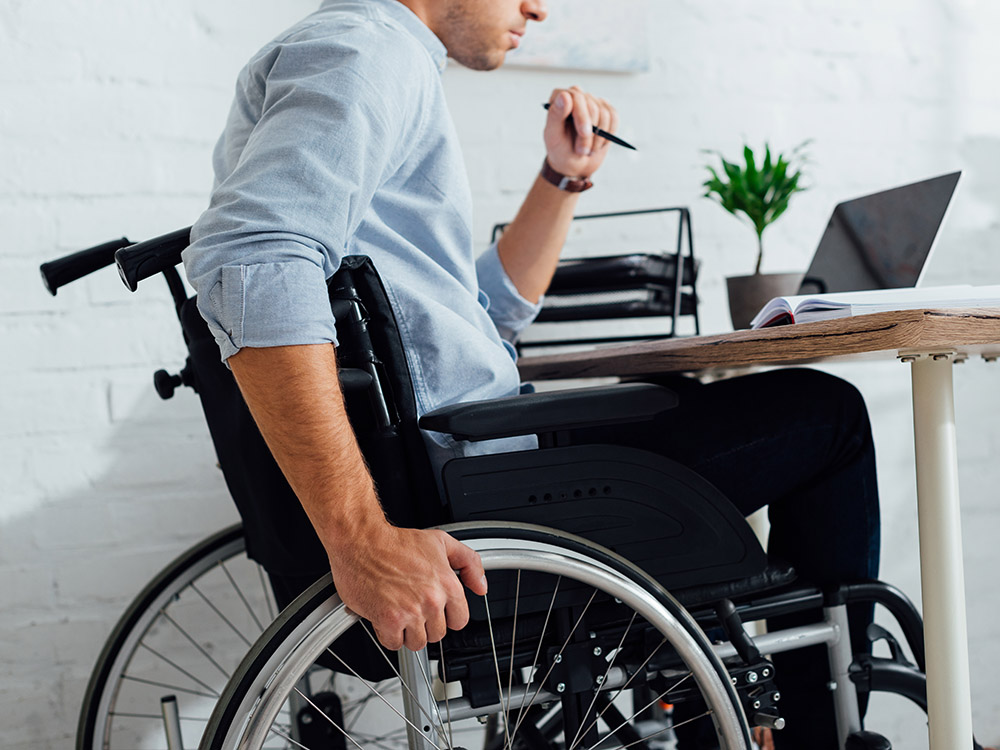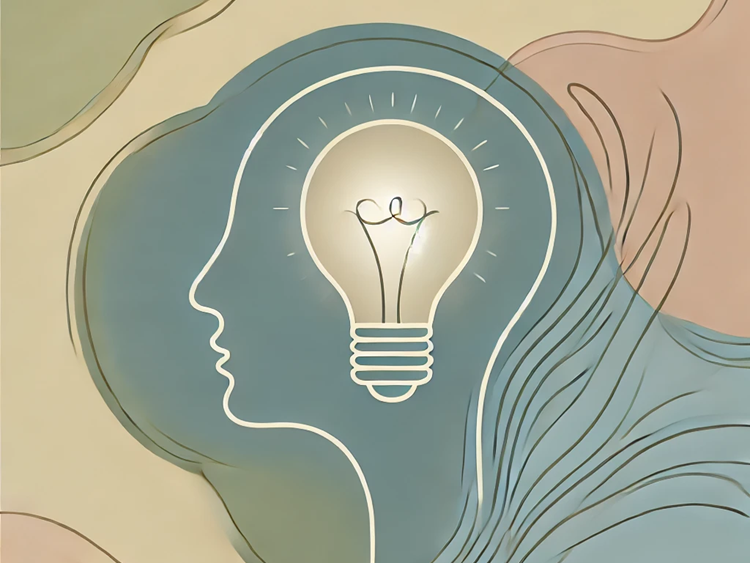Physical Disability

Overview
A physical disability refers to a limitation on a person's physical functioning, mobility, dexterity, or stamina. These conditions can result from congenital issues, injuries, or medical conditions affecting the musculoskeletal, neurological, or other bodily systems. Physical disabilities may vary widely in severity and can impact an individual's daily activities, independence, and overall quality of life.
Symptoms
The symptoms of physical disabilities are diverse and depend on the underlying cause and the specific area of the body affected. Common symptoms include difficulty with mobility, coordination, muscle control, and physical endurance. Individuals with physical disabilities may experience challenges in activities such as walking, standing, grasping objects, or performing routine tasks. Other symptoms may include pain, fatigue, or difficulties with balance.
Causes
Physical disabilities can have various causes, and they may result from congenital conditions, injuries, or progressive medical conditions. Congenital physical disabilities are present at birth and may be due to genetic factors, prenatal exposure to infections or substances, or complications during childbirth. Acquired physical disabilities can result from accidents, traumatic injuries, infections, neurological disorders, or degenerative conditions such as arthritis or muscular dystrophy.
Types
There are numerous types of physical disabilities, each affecting different aspects of a person's physical abilities. Common types include:
- Mobility Impairments: Affecting the ability to move independently, such as paralysis or limb loss.
- Neurological Disorders: Conditions like Cerebral Palsy (CP), multiple sclerosis, or spinal cord injuries impacting nerve function.
- Orthopedic Conditions: Disorders affecting the bones, joints, and muscles, such as arthritis or limb deformities.
- Sensory Impairments: Loss of or limitations in hearing, vision, or both.
- Systemic Conditions: Conditions affecting multiple systems, such as muscular dystrophy or mitochondrial disorders.
Diagnosis
Diagnosing a physical disability involves a comprehensive assessment by healthcare professionals. This may include medical history review, physical examinations, imaging studies, and specialized tests depending on the suspected condition. For congenital disabilities, diagnosis may occur shortly after birth, while acquired disabilities may be diagnosed following injuries or the onset of symptoms. Ongoing assessments may be necessary to monitor the progression of certain conditions and adjust treatment plans accordingly.
Treatment & Management
Treatment and management strategies for physical disabilities aim to enhance the individual's functional abilities, alleviate symptoms, and improve overall quality of life. Depending on the type and severity of the disability, interventions may include:
- Physical Therapy: Exercises and therapeutic techniques to improve strength, flexibility, and mobility.
- Occupational Therapy: Training to enhance daily living skills and promote independence.
- Assistive Devices: Use of mobility aids, adaptive tools, and technologies to facilitate daily activities.
- Medications: Management of pain, inflammation, or other symptoms associated with certain disabilities.
- Surgical Interventions: In some cases, surgery may be recommended to correct deformities, address injuries, or alleviate symptoms.
- Psychosocial Support: Counseling and support services to address emotional and mental well-being.
Individualized treatment plans are crucial, considering the unique needs and goals of each person with a physical disability. Ongoing medical care, rehabilitation, and support from healthcare professionals, family, and community resources contribute to optimizing the overall well-being of individuals with physical disabilities.


